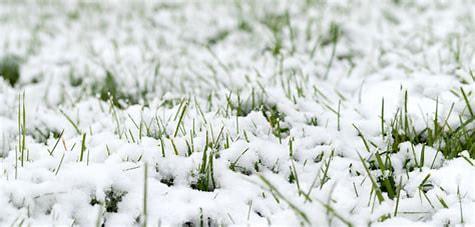
When it comes to maintaining a lush, green lawn, timing is everything. While most homeowners focus on spring and summer for lawn care, winter seeding—planting grass seed during the cooler months—offers surprising advantages for both the health of your lawn and the environment. Here’s everything you need to know about winter seeding and why it’s a smart choice for your yard.
Winter seeding, also known as dormant seeding, involves spreading grass seed during late fall or early winter when the ground is cold but not yet frozen. The seeds lie dormant throughout winter and begin to germinate as soon as the soil warms up in early spring, giving your lawn a head start on the growing season.
Follow these steps to ensure your winter seeding is a success:
Select a grass variety suited to your region and climate. Cool-season grasses like fescues, ryegrass, and bluegrass are ideal for winter seeding.
Rake your lawn to remove debris and lightly loosen the soil to improve seed-to-soil contact. Focus on bare patches for even growth.
Use a broadcast spreader to evenly distribute the seed. Follow the recommended application rate on the seed packaging.
Apply a slow-release fertilizer to provide nutrients during germination. A thin layer of mulch can protect seeds from wind or runoff.
Once temperatures warm up, keep an eye on your lawn. Avoid heavy foot traffic until the new grass is established, and water during dry spells if needed.
Winter seeding is more than just a lawn care hack—it’s a sustainable way to maintain a beautiful yard while conserving water and reducing chemical use. By planning ahead and seeding during the colder months, you’ll enjoy a greener, healthier lawn that benefits both your wallet and the environment.
Start your winter seeding journey today and reap the rewards of a vibrant, low-maintenance lawn this spring! For more lawn care tips and expert advice, visit Turfworxlawnss.com and let us help you achieve the yard of your dreams.